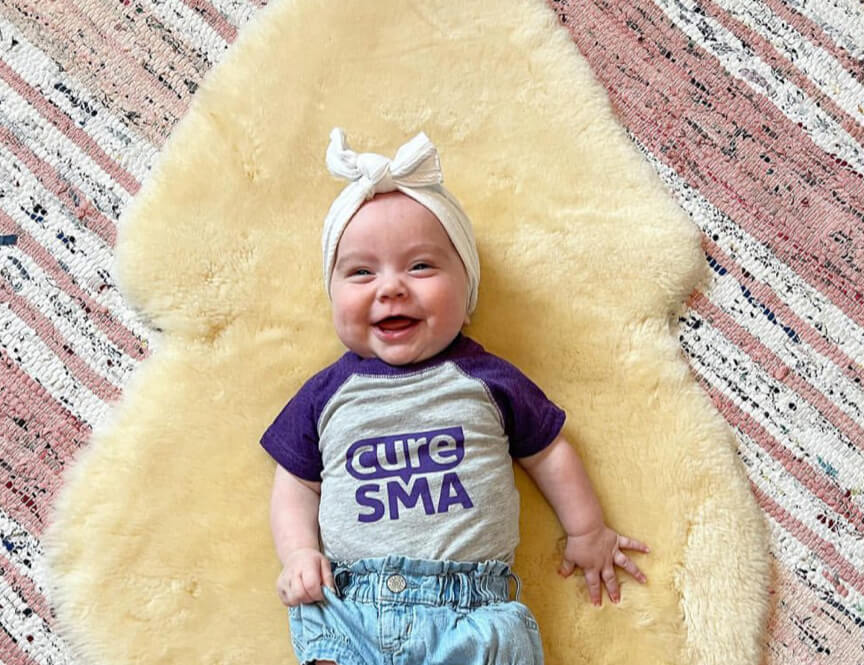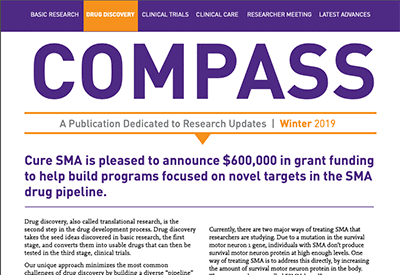
"To see a child dosed with gene therapy at age one and still unable to sit at age five then gain that ability within three months of starting salanersen is unexpected and encouraging,” - Dr. Valeria Sansone, principal investigator of the Phase 1 trial
Biogen Inc. announced today that it will advance its investigational spinal muscular atrophy (SMA) treatment, salanersen (BIIB115/ION306), into registrational studies following positive interim data from its Phase 1 trial. Salanersen is a novel antisense oligonucleotide (ASO) designed to improve upon the mechanism of SPINRAZA® (nusinersen), offering the potential for high efficacy and once-yearly dosing.
In pediatric participants previously treated with gene therapy, salanersen demonstrated a substantial slowing of neurodegeneration and clinically meaningful motor function improvements. The therapy also led to significant reductions in neurofilament levels—a marker of neuronal damage—and achievement of new World Health Organization (WHO) motor milestones.
The Phase 1 study enrolled children with SMA who had previously received gene therapy but were still experiencing suboptimal motor outcomes. Participants received a single annual dose of either 40 mg or 80 mg of salanersen. Interim analysis showed that the drug was generally well tolerated and led to a 70% mean reduction in neurofilament light chain levels at six months, sustained through one year.
Clinical outcomes in a subgroup of eight participants with one-year follow-up were also promising. Half achieved new WHO motor milestones such as crawling, sitting, or walking. Participants saw an average 3.3-point gain on the Hammersmith Functional Motor Scale – Expanded (HFMSE) and a 5.3-point gain on the Revised Upper Limb Module (RULM).
“Despite tremendous progress in SMA treatment, unmet needs remain,” said Stephanie Fradette, Pharm.D., Head of the Neuromuscular Development Unit at Biogen. “Salanersen represents Biogen’s continued commitment to innovation in SMA, and we’re excited to begin discussions with regulators to move this therapy into Phase 3 trials.”


